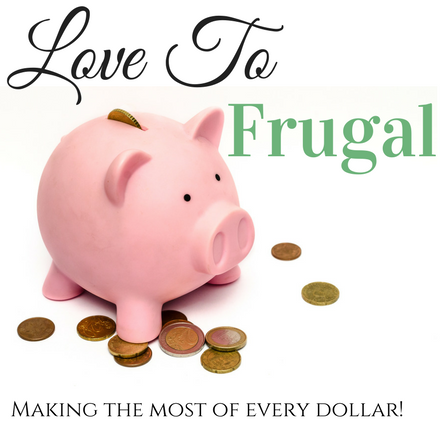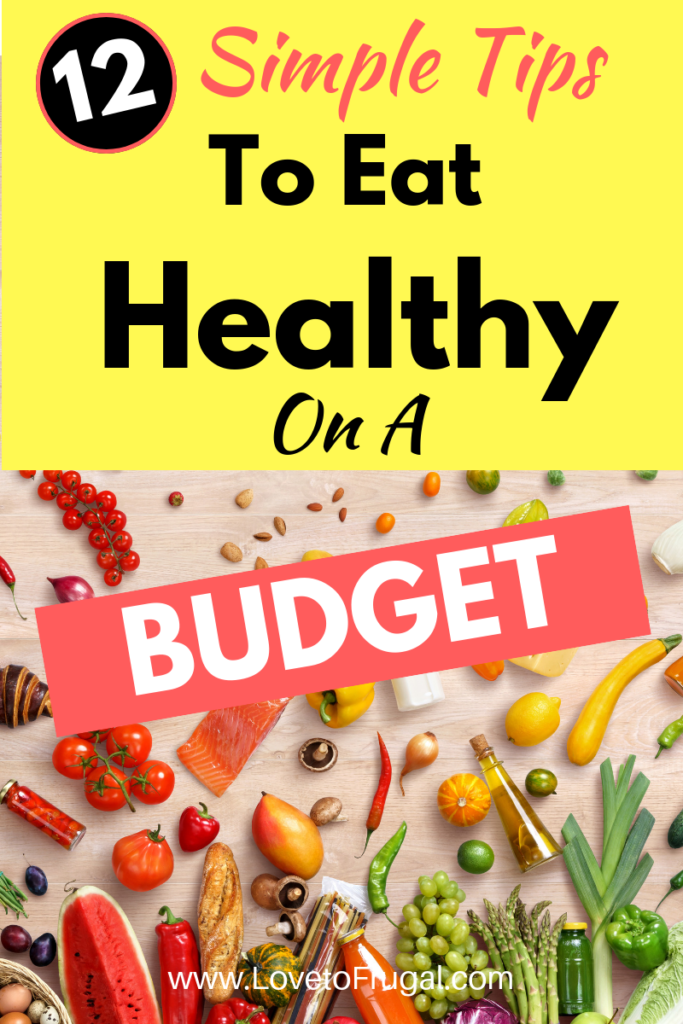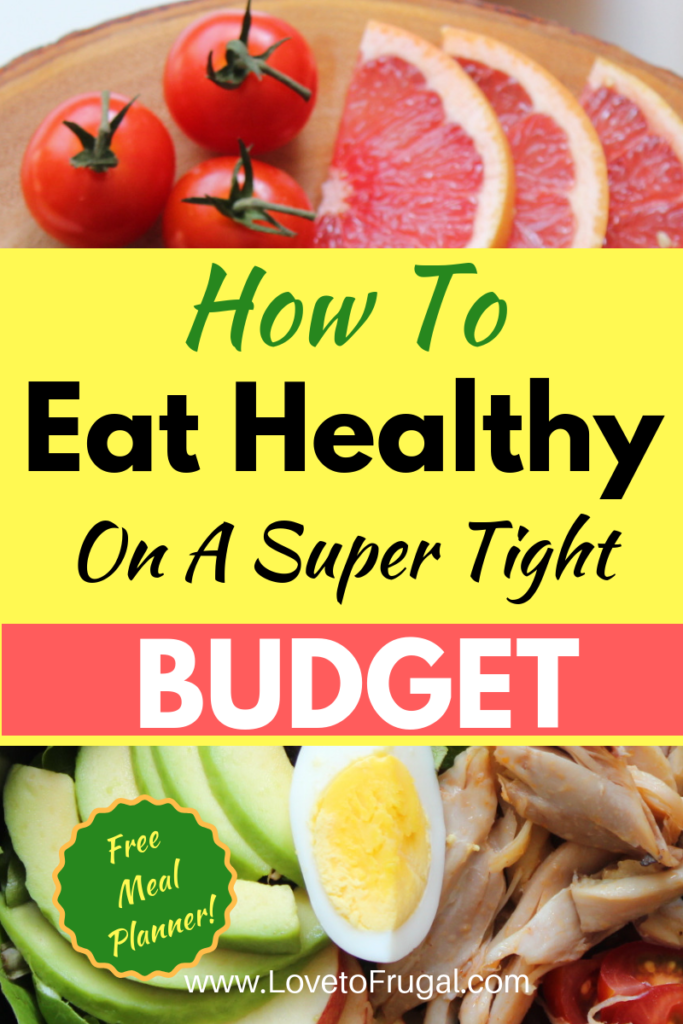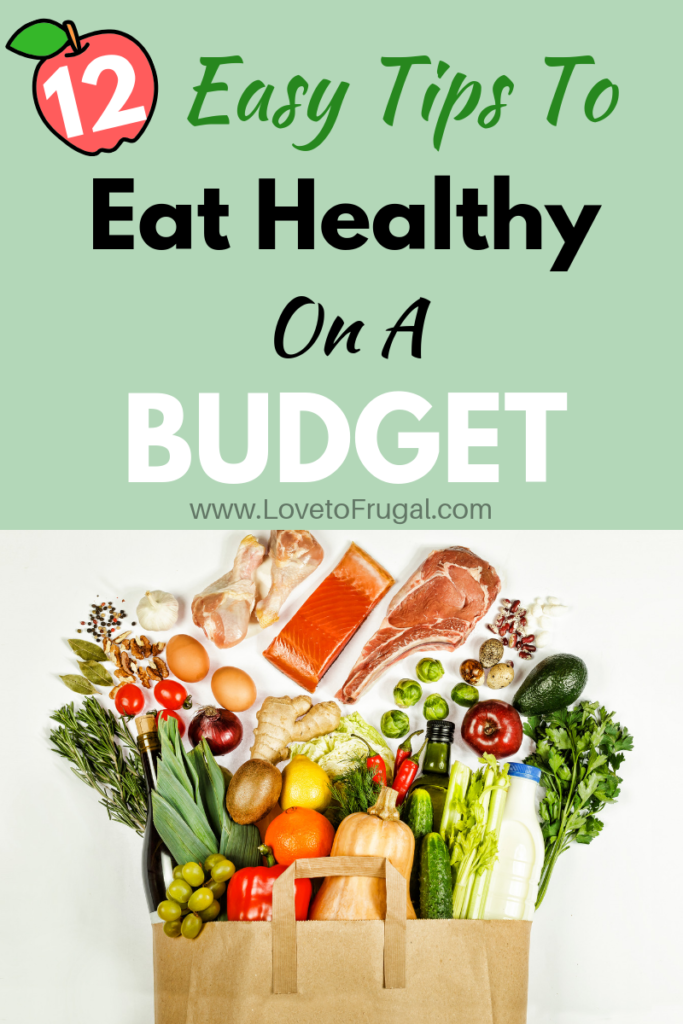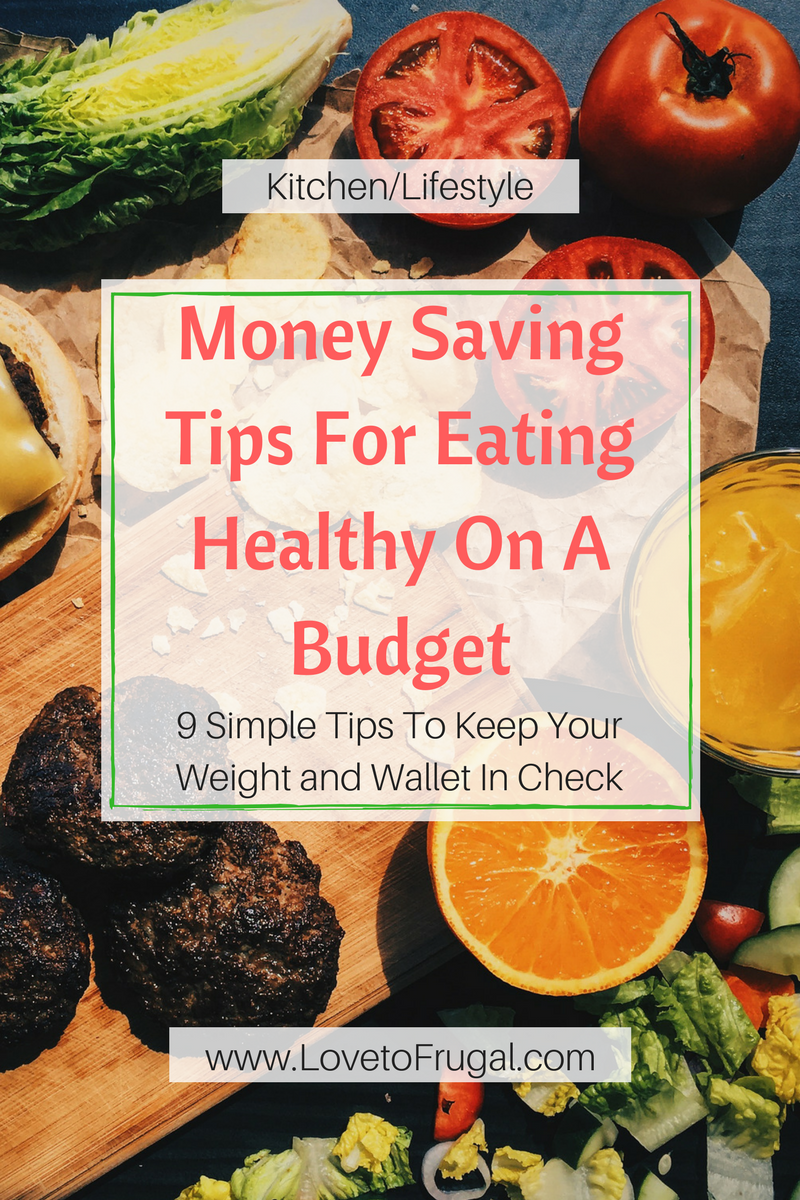Money Saving Tips for Eating Healthy on a Budget
I’ve had many people ask me, over the years, is eating healthy on a budget really possible. My answer is “Yes! You can! I’ve done it my whole adult life! I have a background in personal training, so this subject came up often. I’ve heard all of the excuses. It’s too hard, too time consuming, too expensive, too inconvenient! You name it, I’ve heard it!
Well, I’m here to tell you, it CAN be done!
Eating healthy on a budget just takes a little planning and the willingness to do some things yourself.
I’m going to give you some advice and money saving tips for eating healthy on a budget, that have served me well over the years as a mom to three and a personal trainer. This lifestyle has also kept my weight in check as well as my wallet.
I hope these tips will help you, too!
*This post may contain affiliate links, which means that if you buy a suggested product, I will earn a small commission, at no extra cost to you. For more information, see my disclosure page.
Meal Plan
This is the most crucial part of eating healthy on a budget. Without meal planning, you leave yourself wide open to impulsive decisions that ultimately can result in costly decisions.
Meal planning is a weapon against busy schedules, laziness, fake and processed foods and impulsive purchases.
The first place to start is to take an inventory of your pantry and refrigerator. Make notes on what you have on hand, to keep from buying what you already have. Next, check out the sales flyers. I plan most of my meals around what’s on sale, for that week. If you need to, look up or gather recipes. Do that before you go to the store. I tend to go for easier recipes with few ingredients. Be sure and ask your family what they like or dislike, because cooking things that no one will eat doesn’t help anyone out…especially your wallet.
Always go with a list in hand. If you don’t, you will waste money and time.
Try to stay away from convenience or prepackaged food. I know this may be tempting when you’re crunched for time, but these foods are loaded with preservatives, which are unhealthy and they tend to cost more. Make sure you include meals for breakfast, lunches and snacks, as well.
Focus on Veggies, Fruits and Nutritionally Dense Foods
Vegetables pack a punch in the nutrition department and most are relatively inexpensive, especially when they’re in season.
A bag of potatoes will stretch a long way and are basically very healthy. It’s what we add to them that turns them into no-no’s, like butter, cheese, sour cream, etc.
Other great, inexpensive veggie choices include cabbage, kale, sweet potatoes, carrots, onions, squash and cucumbers, only to name a few. Most of these go great in soups and when added to soups, can go a long way in feeding your family.
Don’t overlook having fruits as a side. Apples make a great alternative to chips, as well as carrots. Bananas are extremely versatile. Eat them alone as a snack or blend them up in a smoothie.
When certain vegetables are out of season, it’s perfectly ok to turn to frozen. Nutritionally, they are the same as fresh. I buy the largest bag of frozen broccoli florets that I can find. What makes frozen great is that you only take out what you need and you don’t have to worry about spoilage.
My advice here is to make vegetables the star of your meal instead of the meat.
Cheap, Healthy Protein
Eggs are loaded with high quality protein and are cheap. Just one egg provides 6 grams of protein.
Canned Tuna is a great source of protein, yielding almost 30 grams.
Peanut Butter is a tasty and filling way to get protein with 8 grams per serving. If your on a budget, this is a great way to get your fill.
Greek Yogurt has twice as much protein as regular yogurt and makes a great addition to a healthy breakfast or can be eaten as a snack.
Frozen Chicken Breast have been a staple in my house for years! Even with rising food prices, chicken is still a great bang for the buck! There are dozens of ways to cook them and they are, in my opinion, the most versatile meat and probably one of the most healthy.
Ground Turkey is a lean source of inexpensive protein and can be used in place of ground hamburger or chuck. Just recently, I was able to buy it for $1.00/lb. When put into casseroles, spaghetti or lasagna, you really can’t tell the difference between ground chuck and turkey.
Eat More Beans
Beans are very cheap and can be used in so many meals. My favorite beans are Navy Beans or Great Northern beans. They’re so easy to fix.
First, you wash them and pick out any bad or deformed beans. Also, watch out for rocks. I’ve ran across a few of those. You can presoak them, if you like, but I rarely do this. Put them in a stock pot and fill to about 2/3 full. I cut up and add a small to medium onion, salt, garlic powder and 3-4 strips of bacon. If you have a ham bone, that works great too! Put them on the stove with a low to medium flame and watch them to make sure the liquid doesn’t boil down to far. Add water as needed. They’re usually ready in 3-4 hours. Test them to make sure. Add a little more time, if needed. Beans are so easy, delicious AND nutritious!
Stock up!
When meat is on sale, stock up! The price per pound also tends to be less when you buy in bulk…i.e. family packs. When you come home from the store, pull out the freezer bags and divide it up in meal size portion. You usually have 3 or more months to use it so take advantage of the sales!
Other food items that have a long shelf life are rice, beans & pasta. Once you open them, store them in an air tight container.
Use the Slow Cooker
I think the slow cooker (or crockpot) has to be the most under utilized appliance in most of our kitchens. This is one that I couldn’t do without, though.
The slow cooker (or crockpot) can turn the toughest cut of meat into the most tender. I love my slow cooker because of it’s versatility. You can make soups, stews, casseroles, one pot dinners, just to name a few.
Slow cookers save you time and money. All you have to do is the initial planning and prep, then let the it do the rest of the work. They use substantially less energy than firing up the oven and cleanup is a breeze! If you’re looking for some easy, inexpensive recipes, check out my post https://www.lovetofrugal.com/10-cheap-and-easy-slow-cooker-meals/
Start a Garden
They key to saving money with a garden is to plant what you’ll eat. Starting them from seeds is definitely the cheapest, but if you don’t have the inclination or patience, putting in seedlings is the way to go, as well. One six pack of tomato seedlings will yield several pounds of tomatoes.
Your garden doesn’t have to be huge to make a big impact on what you could save at the grocery store. If you don’t have room for a garden, containers work well too.
We’ve had a garden for several years, now and last year, we had so many tomatoes (from 6 plants) that I was able to put up several jars of salsa. It took me a whole after noon, but it was well worth it! It was so much better than any store bought salsa and I made it for literally pennies a jar!
Drink More Water
If you’re on a tight budget, the cheapest thing to drink is water. Tea, coffee, soft drinks, juices, even bottled water – these can all add up and become an expensive habit. If you add in the sugar, not only can these drinks be budget busters, they really aren’t good for you, health wise.
Buy Store Brands
This has been a biggie for me, folks. Buying store brand or generic has saved us a bundle. According to industry experts, buying store brands can save us shoppers almost 25% at the checkout. I have found that most store brands are just as good as the brand names. One thing I almost always do is to compare ingredients. Sometimes, the store brand is actually healthier. Less sodium, less fat, etc.
From cold medicine to tomato sauce, most the ingredients are almost (not always) identical. The price tags can be significantly different, though. When in doubt, the best thing to do is give it a try, before you cross store brands off your list.
Use Coupons When You Can
I love coupons, especially when coupled with sales! Sometimes you can get an item for almost free! I don’t take the newspaper so I don’t get the coupon inserts unless someone gives them to me or I decide to go buy a Sunday paper. What I do use are the in- store coupons that my local grocery store has, all over the store. Down here in Texas, we have HEB. They’ll put these yellow coupons everywhere, throughout the store and some are really good deals. HEB also has a store app that is wonderful. You can make your grocery list on the app and it puts everything in order, aisle by aisle. I love it!!
They offer digital coupons, too! You set up a free account on the app and when you get to the register, you sign in. If you have put the digital coupons in your que, they will automatically be taken off your total, at the register. I have saved a lot of money this way and an added bonus is that I don’t have to walk around with too many coupons in my hands! Win…Win!!
Learn to love leftovers
When I meal plan, I always try to incorporate meals that I can stretch into at least 2-3 meals. Anything that shortens my time spent in the kitchen is a win-win for me! Leftovers also save MONEY!! If you know that they’re waiting for you at home, the chances of you running through a fast food drive thru or going to a restaurant are small to none.
Many dishes also taste better the next day, which makes eating leftovers even better! Spaghetti, lasagna, stew, gumbo and enchiladas always come to mind and if you don’t want to eat them two days in a row, think about freezing them.
Of course, if you absolutely hate leftovers, make sure you don’t cook more than you’ll eat at one meal.
Organic isn’t always better
Organic foods tend to be much more expensive than non-organic. Many experts say that there isn’t enough evidence to prove that organic foods are healthier than non-organic ones.
Certain fruits and veggies, such as avocados, sweet corn, pineapples, onions, cabbage, mangoes, cantaloupe, broccoli and cauliflower – are less likely to be contaminated with pesticides, so you don’t need to purchase organic for those. Click here for a complete list of the The Clean Fifteen.
If you’re convinced that organic is healthier, stick to the ones that you know might be affected by pesticides. Generally, fruits and veggies that have a skin that has to be peeled are considered fairly safe.
Is Eating Healthy on a Budget Possible?
Yes! It is! All it takes is having a plan and sticking to it, mixed with a little creativity. You don’t have to have a diet of rice and beans, although that would be a good choice, at least for one night.
If you are just starting out with budgeting and you need help, here are some tips that might help you to get started. https://www.lovetofrugal.com/8-simple-steps-setting-budget/
If you’ve been successful with eating healthy on a budget, I’d love to hear from you! Share your healthy eating tips on a budget in the comments, below. We can all learn from each other!
PS…Be sure to subscribe to Love To Frugal for more money saving tips and awesome, frugal recipes!
